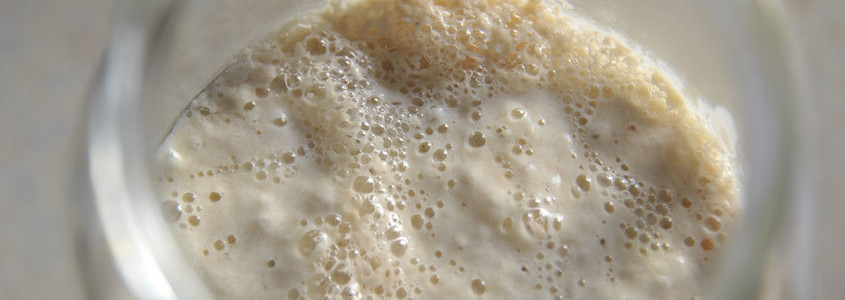
What does biga do to dough?
It helps with:
- Improving the functionality of gluten and strengthening dough
- Shortening final fermentation time with less yeast
- Boosting aroma and flavor
- Maturing the dough and increasing consistency
- Extending the shelf life of bread
It’s versatile, but it works best in breads that have a light and open structure. Biga is used in everything from ciabatta, to brioche, to danish dough.
Drawback: Has a fermentation time of 8-16 hours, so it does take some time.
The yeast’s movement and metabolic activity are impeded or slowed down by the low level of free water available. So hydrating is key if you want to speed up the process.
What’s a traditional biga formula?
- Bread flour: 100%
- Water: 50–60%
- Fresh yeast: 0.8–1.5% or
- Instant yeast: 0.1%
The mixture is only mixed to form a homogeneous dough (full gluten development is not the target in this case), and then allowed to ferment for 8–16 hours at a temperature of 15–20°C (59–68°F).
The fermentation conditions (time, temperature) may be modulated depending on the baker’s convenience and type of bread being prepared. When ripe, it will be domed and just beginning to recede in the center.

